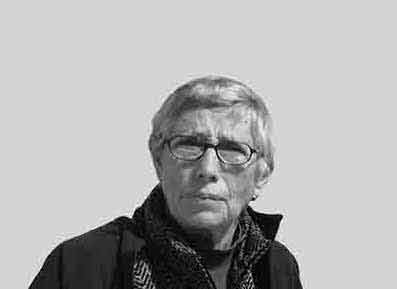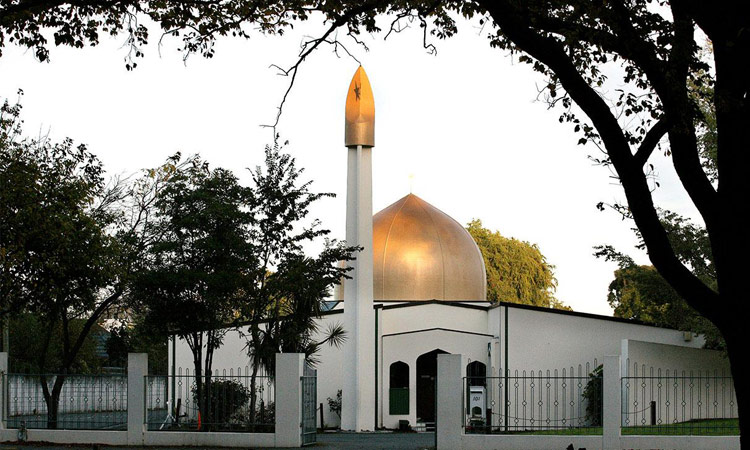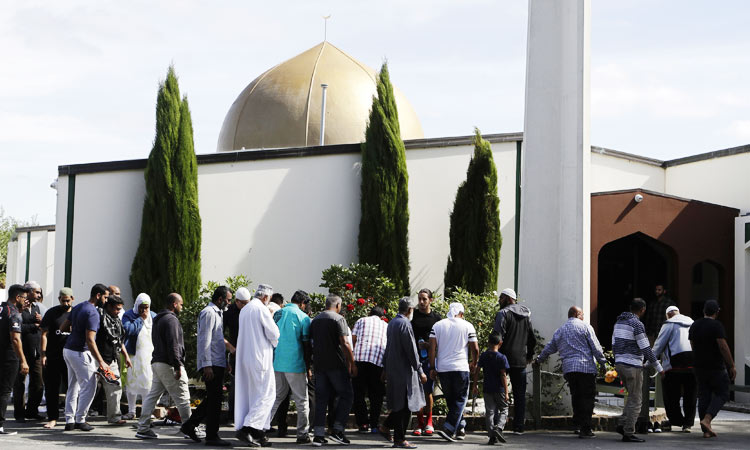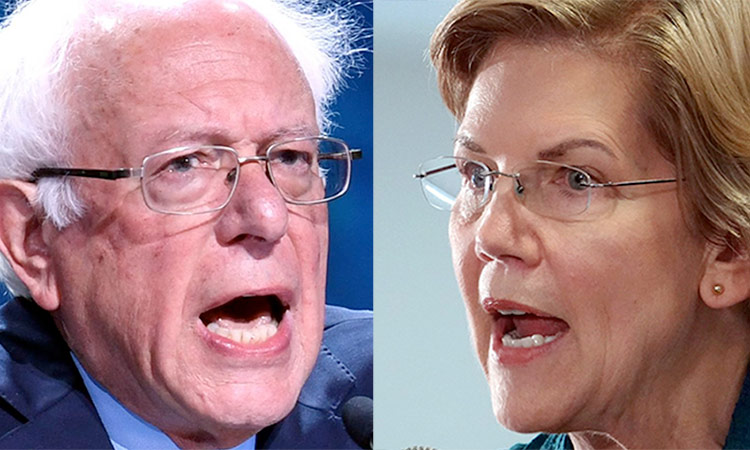Roots and Runners

Michael Jansen
The author, a well-respected observer of Middle East affairs, has three books on the Arab-Israeli conflict.

The photo has been used for illustrative purposes.
Profiles of Western white male supremacists are very similar to profiles of young men recruited by Daesh, al-Qaeda and fellow radicals. Many if not most of these men are uneducated or under-educated, frustrated over poor employment prospects and their lack of prosperous futures. Joining movements created by kindred spirits gives these men a sense of identity, community and purpose. Guns are very important in the process of conversion as weapons empower.
Young men are introduced to radical ideas by family members, friends and acquaintances, preachers in churches and mosques, television evangelists, social media, propaganda videos and leaflets. Media reports of outrages committed by radicals turns them into heroes and martyrs in the eyes of their fellows. Extremists are connected to each other by their own social and online networks.
While existing in many countries in Europe, Australia and New Zealand, white supremacists are numerous and influential in the US where Donald Trump is accused of being sympathetic and encouraging by speaking in derogatory terms of Muslims, Hispanics and Africans.
US authorities have long tolerated white extremism and have failed to brand as “terrorism” attacks carried out by supremacists. Since January 2017, the legal authorities have been all the more reluctant to crack down on them as many belong to Donald Trump’s “base” and he has called them “very fine people.” Elsewhere, white supremacists are condemned and their attacks are labelled “terrorist” as are those of Daesh, al-Qaeda and associates.
Networks are the mainstay of extremists. The March shootings by an Australian white supremacist who slew 51 Muslims at two mosques in Christchurch, New Zealand, revealed just how effective extremist propaganda and recruitment has been.
This was reconfirmed in April when Daesh-inspired attacks in Sri Lanka were seen as a message to the world that the cult has not been defeated, although its false “caliphate” stretching from northern Syria to northern Iraq was destroyed. The carefully planned Sri Lanka operation was mounted by an alienated Muslim family whose members carried out suicide bombings that killed 250 people at luxury hotels and churches where Christians were celebrating Easter.
Early in the morning on Aug.4 a young white man, Connor Betts, 24, wearing body armour and armed with an assault rifle killed nine and wounded 16 outside a nightclub in Dayton, Ohio. Six of them were African-American and among the three whites slain was Betts’ sister, Megan, 22. While Betts has not been identified as a white supremacist, their violence may have influenced him. The majority of mass killings in the US are not conducted by supremacists but by men with a grudge, mental problems or a desire to be in the headlines even as a murderer.
Betts’ attack took place 13 hours after a supremacist massacre at a mall in El Paso, Texas; 22 were killed, including eight Mexican citizens, and 26 wounded, by 21-year-old Patrick Crusius. He is being investigated as a “terrorist” and perpetrator of a premeditated hate crime.
He drove almost 1,000 kilometres from his home to El Paso, a city located on the US-Mexican border. Before beginning his mission to kill Hispanics at a hypermarket, he, allegedly, posted a manifesto online. In the document, he wrote of slaying immigrants and declared sympathy with New Zealand shooter Brenton Tarrant, who moved to Christchurch well ahead of his well-planned attack, assembled an arsenal, trained at a gun club and livestreamed the shootings online.
Crusius’ profile matches those of earlier shooters: anti-social, quiet and somewhat “strange,” people who knew him told the Washington Post. He grew up in Plano, Texas, near Dallas and Fort Worth. Plano’s population is majority white with a mix of Asians, African-Americans and Hispanics.
The El Paso incident took place only three days after another shooter, Santino William Legan, 19, killed three at a garlic festival in Gilroy, California.
He urged the public to read a 19th century novel, Might is Right, The Survival of the Fittest, which is popular among white supremacists. Legan, who claimed to be of Iranian and Italian background, complained that the festival brought “hordes” of people of mixed white and Native American background to the area.
The most deadly white supremacist outrage was carried not in the gun-infatuated US, but in peaceful Norway in July 2011 by Anders Behring Breivik, who slew 77 people in a bomb attack on a government facility and shootings at a summer camp for leftist youth who favoured integration of migrants. He was motivated by hatred of immigrants; Muslims, in particular. He had planned carefully for his operation, trained on weapons he bought over the internet and justified his actions in a 1,500-page manifesto in which he quoted or mentioned US and British extremists.
While single attacks by white supremacists have been carried out by “loners” generally inspired by internet propaganda, some have gone to Ukraine to fight on both sides in that country’s conflict. Major operations mounted by Daesh or al-Qaeda can be one-man shows or staged by units. Among the European incidents was the November 2015 coordinated shootings and bombings in Paris which killed 130 people at different locations.
Both types of extremists choose soft targets like markets, malls, concerts and other events where people congregate.
White supremacists and Daesh have much in common and their organisations have the characteristics of cults. They agree on exclusivity. Supremacists are Christian racists who argue people of other ethnicities and races are inferior to whites. Daesh contends only people who subscribe to its ultra-conservative religious ideology are true to the Faith. Both are fuelled by hatred and addicted to violence.
White supremacists believe whites should dominate countries where Western or European civilisation is rooted and advocate racially cleansing non-whites. Daesh and its associates call for a “caliphate” where their ideology holds sway, and say those who do not adapt should be exterminated or expelled. White supremacists seek to revert to a mythical period before they believe non-white immigration polluted white majority countries. Where Daesh has ruled, the cult has imposed an ill-conceived version of 7th century Arabia.
The chief difference between the two is territory. White supremacists do not hold territory and have to work within existing political systems.
They either infiltrate them or use internet propaganda and popular protests to impose their politico-ethnic views on others. Radicals like Daesh, al-Qaeda and affiliates have benefitted from power vacuums in Afghanistan, Iraq, Syria, Northern Sinai, Somalia and North and Sub-Saharan Africa to seize territorial bases or set up entities where they have ruled with iron fists. While Daesh’s “caliphate” is gone, al-Qaeda’s Hay’at Tahrir al-Sham rules the roost in Syria’s north-western Idlib province. Tahrir al-Sham is no less deadly than Daesh.
If reports are correct that Daesh intends to mount fresh attacks in Europe, and its operatives oblige, such actions could encourage white supremacists to strike Muslim citizens or migrants, mosques, community centres and businesses. Tit-for-tat atrocities would undermine and inflame relations between Muslim minorities and non-Muslim majorities, serving the white supremacist cause.







